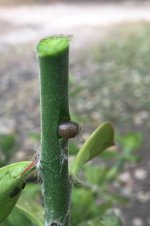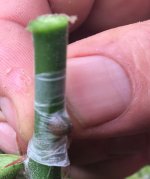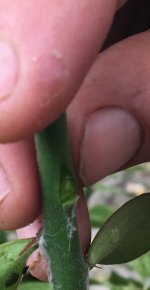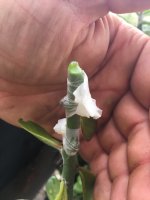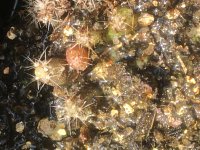downwardsfromzero
Boundary condition
That's great news!
Will this include grafting onto Trichocereus areoles? That's something that would interest me greatly.
With any luck I should be securing some Pereskiopsis before too long anyhow.
Will this include grafting onto Trichocereus areoles? That's something that would interest me greatly.
With any luck I should be securing some Pereskiopsis before too long anyhow.

